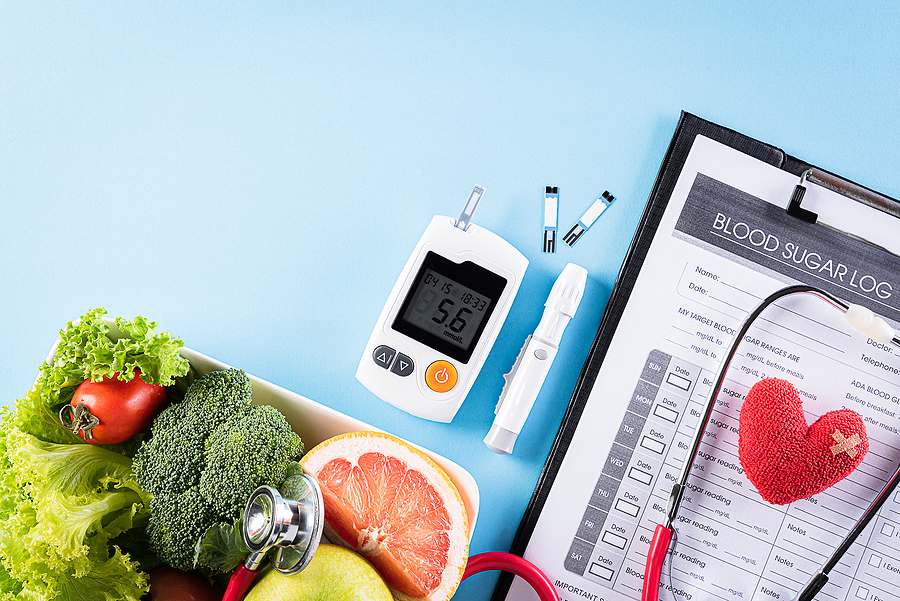Vegan Diabetic Recipes for Diabetes Friendly Nutrition and Healthy Eating
Healthful Vitality | 08/28/2021 | By NP Team | Vegan diabetic recipes.

This article presents vegan diabetic recipes that you can use for your diabetes management. Veganism is on the rise. Indeed, a vegan diet has a lower impact on the environment and does not cause harm to animals. Additionally, a vegan diet is also associated with a lower risk of metabolic disorders.
Nonetheless, a vegan diet is challenging to practice. Moreover, vegans have difficulty fulfilling their daily need for proteins, omega-3 fatty acids, and certain micronutrients like vitamin D and B12.
Vegan diabetic recipes: Wrong vegan food choices may not help protect from diabetes
No doubt, in a vegan diet, there is a learning curve involved. If a vegan diet is not practiced correctly, it will not protect from diabetes.
A population-based study in Taiwan showed that a vegan diet did not reduce the risk of diabetes. Or, just take an example of India, where 70% of the population is predominantly vegetarian, and yet there is a high diabetes prevalence.
To be sure, one of the reasons for the high prevalence of diabetes among vegetarian Indians is the high consumption of starchy vegetables and grains high in carbs like wheat and rice. Further, South Asians are physically less active than their European counterparts.
It means that a vegan diet also needs planning and the right selection of ingredients to prevent or manage diabetes.
Vegan diabetic recipes
Obviously, vegans living with diabetes should limit the intake of starchy vegetables like potatoes, avoid consuming large portions of rice, consume smaller amounts of bread.
However, they can get a large number of calories from healthy oils like avocadoes, sunflower oil, olive oil, peanut oil, flaxseed oil.
Vegans living with diabetes need to improve the amino acid profile of their foods by mixing multiple food items.
Vegan diabetic recipes: Vegetables to choose
Vegetables to choose include: Mushrooms, broccoli, cauliflower, spinach, zucchini, bell peppers, eggplant are all good for those living with diabetes. One can consume vegetables in many ways apart from preparing salads.
- Thus, one may make mushroom or cauliflower soup, spinach soup.
- One may prepare risotto containing mainly a mix of these vegetables.
- Another good idea could be stir-frying various vegetables and adding some Chinese sauces for added flavor.
Nuts:
- Nuts: Like almonds, pistachios, walnuts, peanuts are a must for vegans, as they are calorie-dense, have high-quality proteins and fats.
- Nuts can be consumed raw or baked. Add grated nuts to salads, pizza toppings, and even soups.
Seeds:
Seeds – Pumpkin seeds, chia seeds, sunflower seeds are all excellent sources of calories.
Legumes:
Legumes: Like chickpeas, various beans (like kidney beans), lentils (like red lentils) are an excellent source of vegan proteins, moderately rich in complex carbs. They can be consumed regularly in moderate amounts.
- Use chickpeas to prepare healthy and yet calorie-rich hummus.
- Prepare Turkish red lentil soup (one can also prepare soups from other lentils similarly).
- Kidney beans with tomato sauce can be served with a piece of whole-grain bread.
Tofu and soy products:
Tofu and soy products can be an excellent source of proteins for vegans. Of course, Tofu can be prepared in numerous ways, like baked tofu, tofu in sweet and sour sauce.
Add diary alternatives to diet:
- Diary alternatives include almond or coconut milk, peanut butter, vegan cheese, vegan butter.
Conclusion
Vegans do not have to limit themselves. Nonetheless, those switching to a vegan diet must learn to replace animal products with other healthy vegan alternatives. Additionally, it is worth knowing that the nutritional value of vegan foods can be boosted by combining multiple components.
